A volcanic eruption commenced south of Iceland’s capital, Reykjavik, on Tuesday, sending plumes of lava and smoke into the sky and prompting the evacuation of residents and tourists, Al Jazeera reports.
While the dramatic event forced precautionary measures on the ground, air traffic remains unaffected.
The Icelandic Meteorological Office issued an immediate warning, stating, “An eruption has begun. The total length of the eruptive fissure is now about 3,937 feet and continues to extend southward.”
Iceland, nicknamed the land of ice and fire due to its numerous glaciers and volcanoes, has experienced a surge in volcanic activity in recent years. This latest eruption marks the eleventh such event south of Reykjavik since 2021, indicating a reactivation of geological systems dormant for approximately 800 years.
Located above a volcanic hotspot in the North Atlantic, Iceland is no stranger to volcanic activity. The most impactful eruption in recent history was the 2010 eruption of Eyjafjallajokull, which unleashed massive ash clouds into the atmosphere, causing widespread disruption to transatlantic air travel for months.
However, preliminary reports indicate that Tuesday’s eruption on the Reykjanes peninsula has not caused significant ash dispersal into the stratosphere, thus avoiding disruptions to air travel. The eruption also has not directly impacted Reykjavik.
Later Tuesday, a magnitude 5.6 earthquake struck Iceland, according to the German Research Centre for Geosciences (GFZ). The quake’s epicenter was located at a depth of 6.21 miles.
This latest eruption has proven particularly challenging, as the volcanic fissures breached protective barriers near the fishing town of Grindavik. Residents, who had previously returned to their homes following earlier eruptions, were once again evacuated, although most houses have remained unoccupied for over a year. Emergency services also evacuated the popular Blue Lagoon luxury spa following warnings from geologists that an eruption was imminent.
According to experts, the eruption is comparable in size to the January 2024 eruption that unleashed lava into Grindavik.
Icelandic experts predict that these so-called fissure eruptions, where lava flows out of long cracks in the Earth’s crust rather than a single volcanic opening, could become a recurring phenomenon, potentially continuing for decades or even centuries.
The North Atlantic island, home to nearly 400,000 people, is a popular tourist destination, attracting thousands annually to explore its rugged landscapes, geysers, hot springs, and active volcanoes.


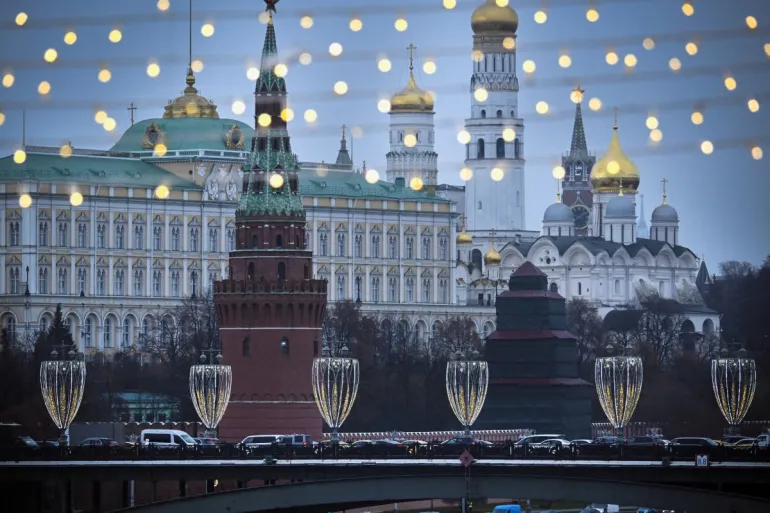
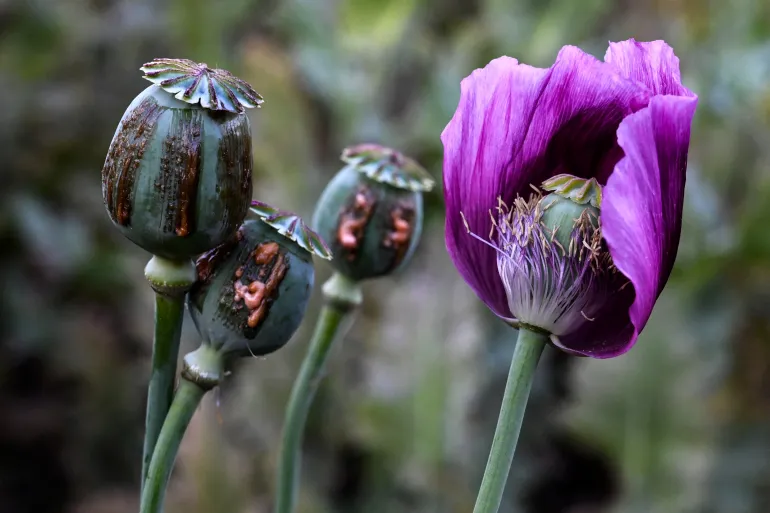

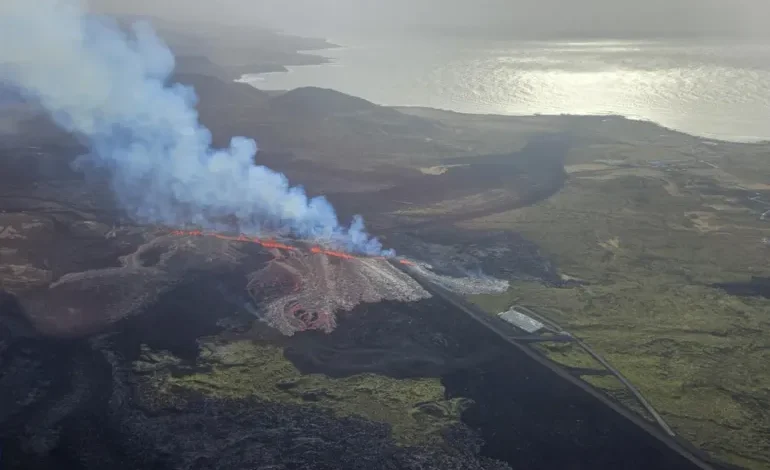


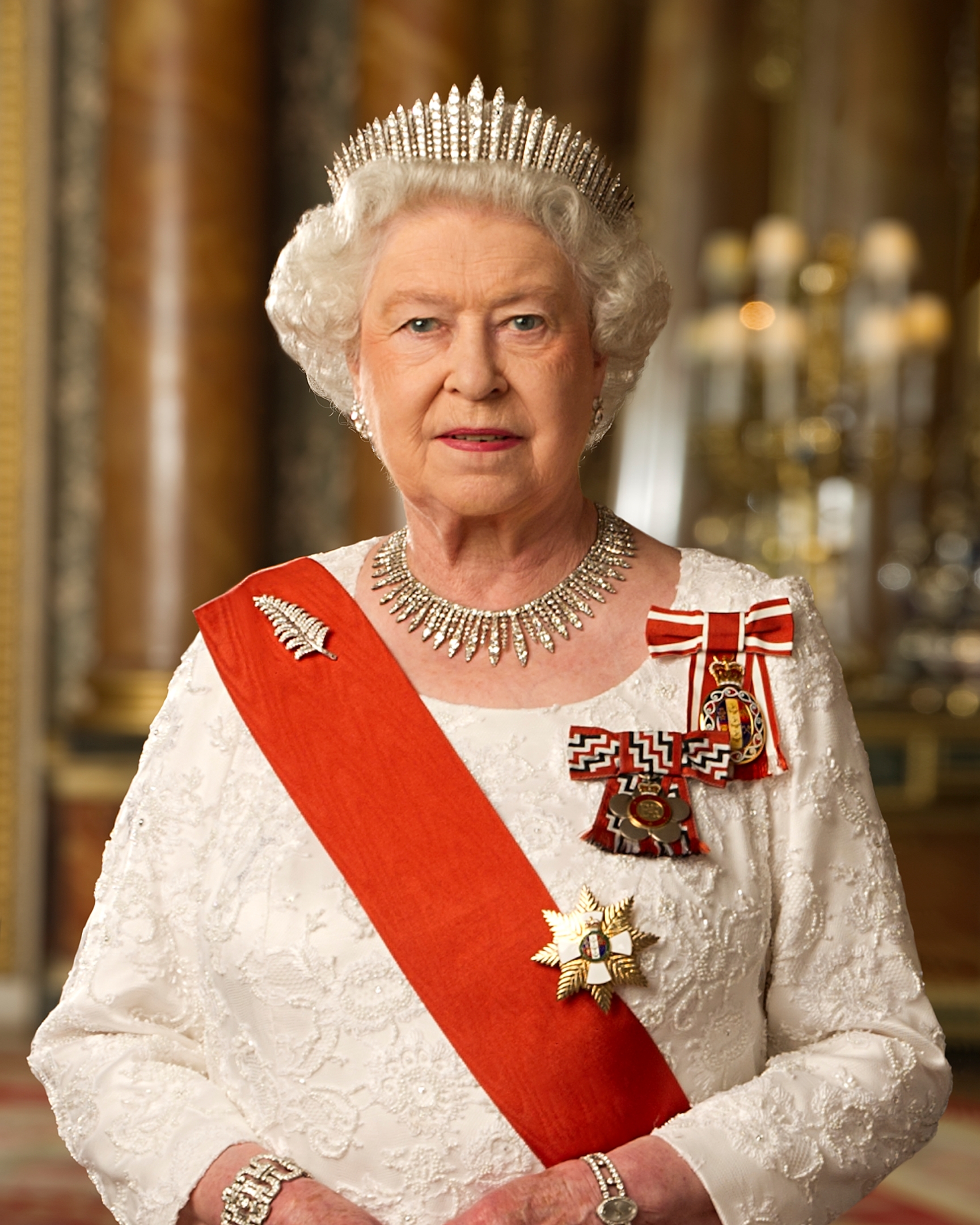
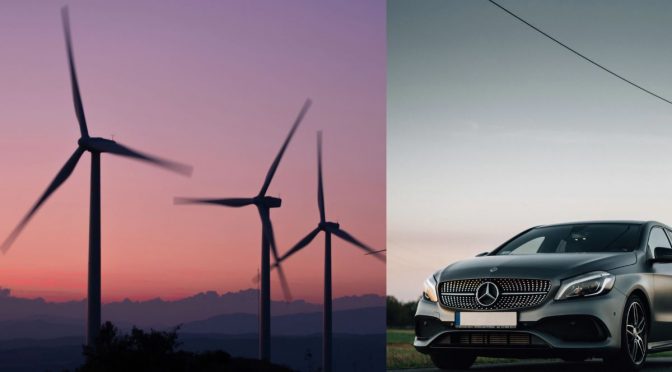
The latest news in your social feeds
Subscribe to our social media platforms to stay tuned